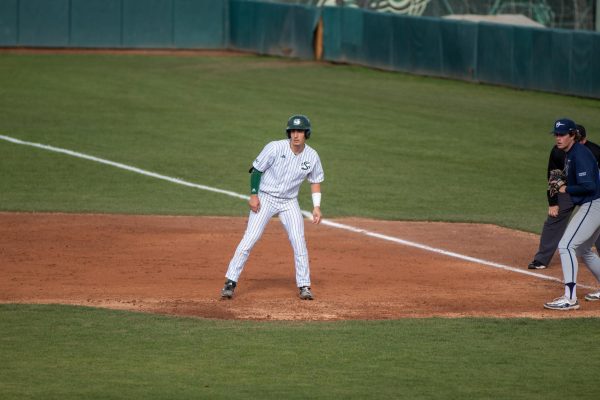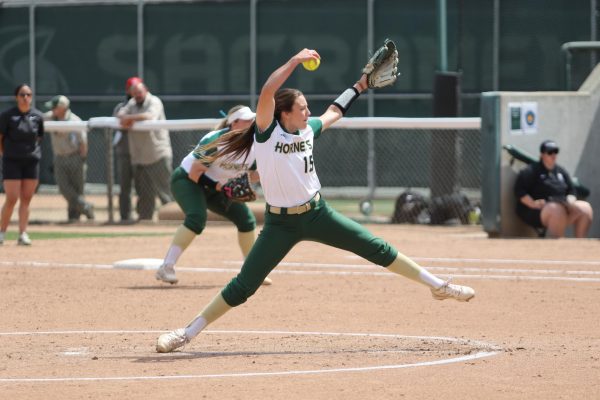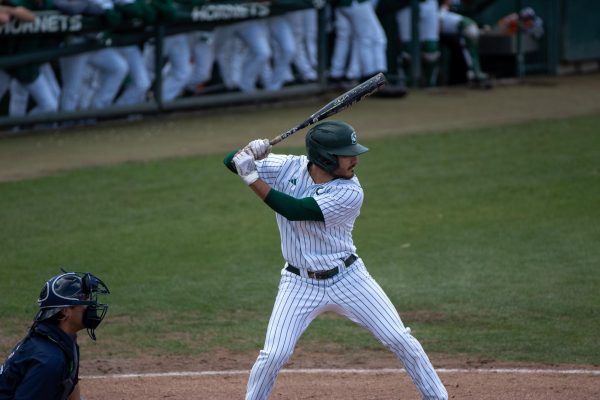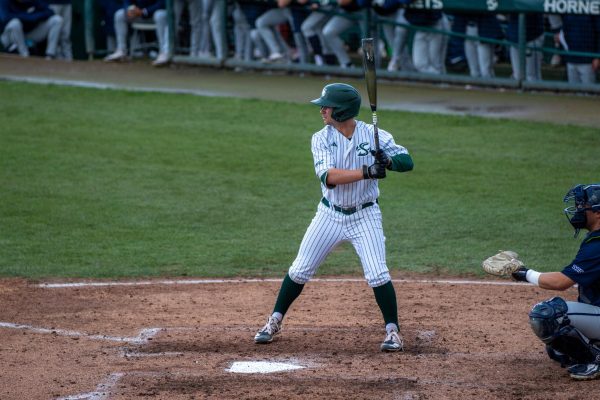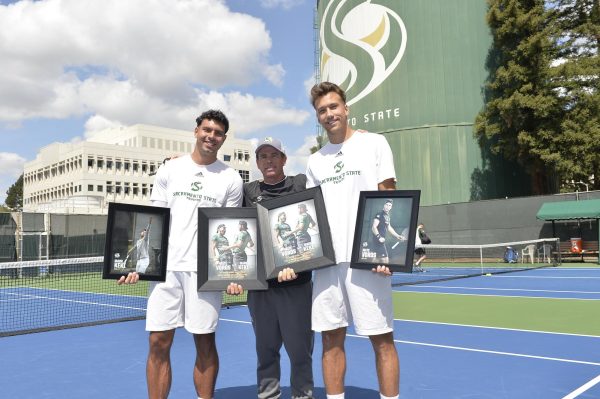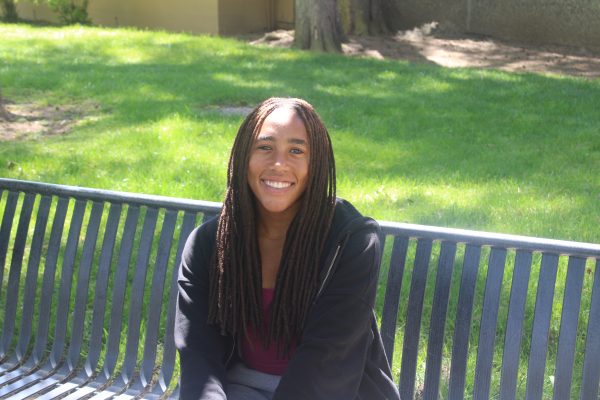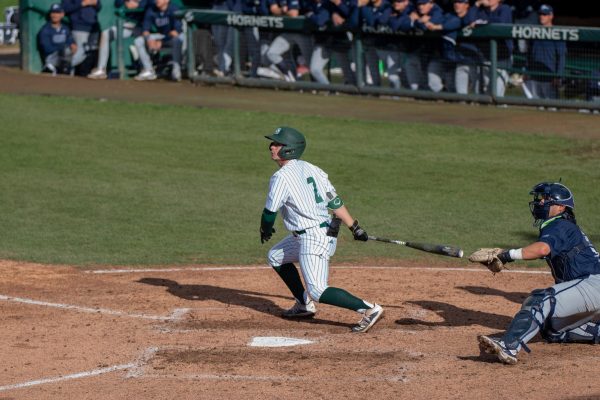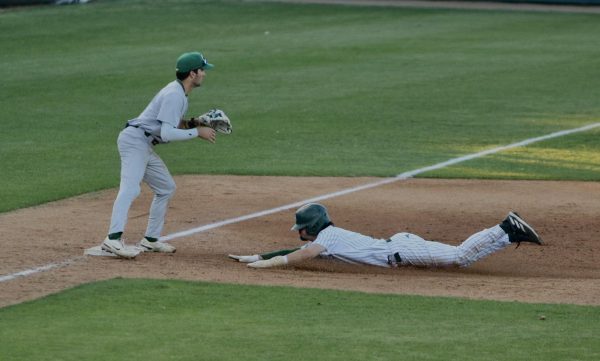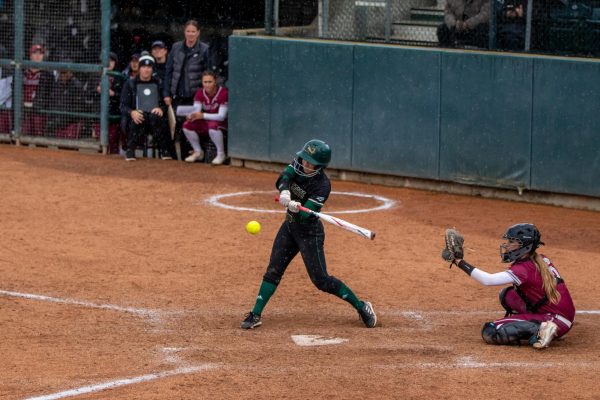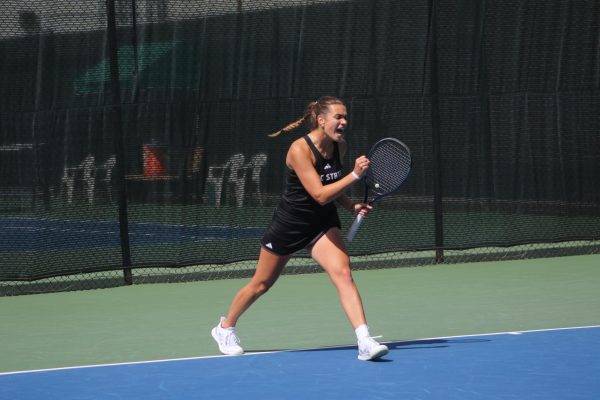The Well at Sacramento State will host collegiate rock climbing championships
April 4, 2012
The Well at Sacramento State will host the Collegiate Climbing Series Regional Championships on Saturday. Competitors hailing from colleges around California will compete in bouldering on Sac State’s climbing wall and boulder.
The Program’s Director John Myrick said Sac State’s event will be the final round for Northern California. It consists of three divisions for both men and women: recreational, intermediate and advanced. Previous meets in Northern California were held at Sonoma State, Cal Poly San Luis Obispo and Humboldt State.
Myrick said the Collegiate Climbing Series started in 2008 by USA Climbing with six regions and has doubled in size to cater to more than 500 members in 11 regions throughout the country.
John Pistotti, supervisor of the climbing wall at The Well, said the school would be hosting students from various schools, including Stanford and Chico State, to compete in the climbing series.
Pistotti said bouldering is a style of rock climbing relying on power and strength to make a series of tactical maneuvers over a short distance. Climbers do not have a rope and usually are limited to reaching 13 feet over the safety of a crash pad.
Myrick said competition climbing is divided into three categories: bouldering, sport climbing and speed climbing. He said bouldering is the equivalent of what the 100-meter dash is in track and field.
“It’s very explosive and powerful,” Myrick said. “The routes are a lot shorter, but each individual move is more difficult and gymnastic.”
Pistotti said the school is preparing for the upcoming competition by closing the wall the first week of April for maintenance and build new courses for the bouldering-only competition. By doing this, he said, every competitor will possess no knowledge on how to navigate routes.
He said the difficulties of the routes are determined by a range of V0 to V6+ with the easiest being zero and six and higher being the most difficult.
Employees from The Well went to other rock climbing facilities such as Pipeline to receive help constructing more difficult routes.
“Imagine climbing glass in the rain. That’s what it would be like to climb the more difficult routes,” Pistotti said. “V0, you can call a ladder. There are solid hand holds and foot holds.”
Stephen Franz, junior accounting major and Sac State’s Climbing Club Treasurer, said the challenge of a new setup is refreshing.
“It’s always good to try a new setup because it gets boring after a while,” Franz said. “I’m glad they have people that are changing it and keeping it fresh, it makes it more fun.”
Dennis Ho, graduate civil engineering student, said he mentally maps out the course first.
“You want to mentally climb it first and be able to rehearse it in your mind,” Ho said.
Meredith Budlong, volunteer coach for the Climbing Club, said this is the second year Sac State has hosted the climbing competition and this is the first year Sac State has an organized team for the event.
“Because there was no actual team (last year) CSUS did not have a ranking as a team, just for individuals who go to school here,” she said.
Franz said he will be competing in the intermediate category for the competition.
“A lot of people will train by going to the gym and have general exercise, but the best way to train for the competition is to climb, which is the best way to train for anything,” he said.
Ho said he has a little more than a year of climbing experience and has been keeping a diet to stay lean as well as exercise his core in addition to climbing. He said club members would get pointers from Budlong to help improve on stamina and performance during club meetings.
Budlong said the team’s performance would be based on how each climber performs on a personal level.
“It’s hard to say compared to other schools since we are still very new we haven’t seen how to compete in other competitions,” Budlong said. “But because our practices focus on training and self-improvement I have a feeling team members who competed last year will see a great improvement.”
Pistotti said the point scoring for the competition could be made either with red or on-sight scoring. He said red point scoring is where climbers attempt to run routes with points being awarded based on difficulty and attempts made, and on-sight format scoring has points awarded for how high a climber has reached on a course’s route.
The event is now open to all students for $35.
Ho said a beginner should observe others before attempting a route on a rock face.
“Just watch other people climb first and for a brand new climber who doesn’t have the vision to breakdown moves, watch the more experienced climbers beforehand,” he said.
Joe de Ocampo can be reached at [email protected].


































































































































